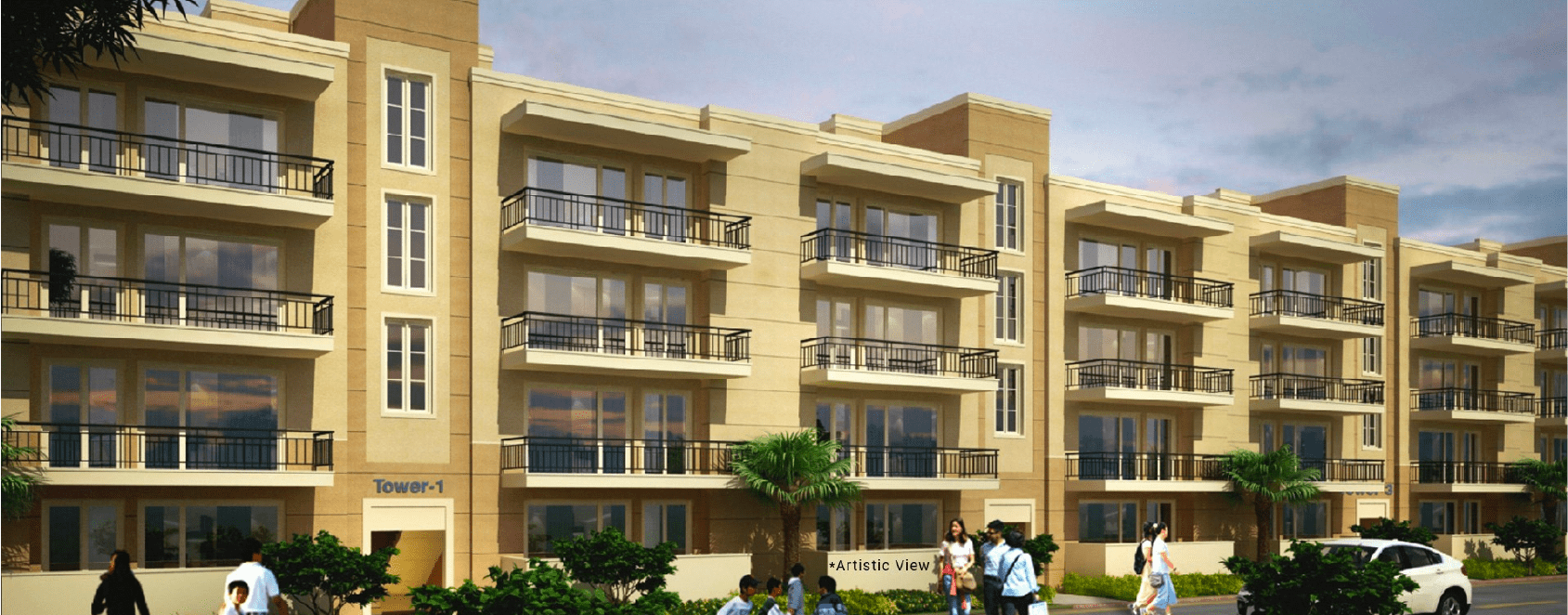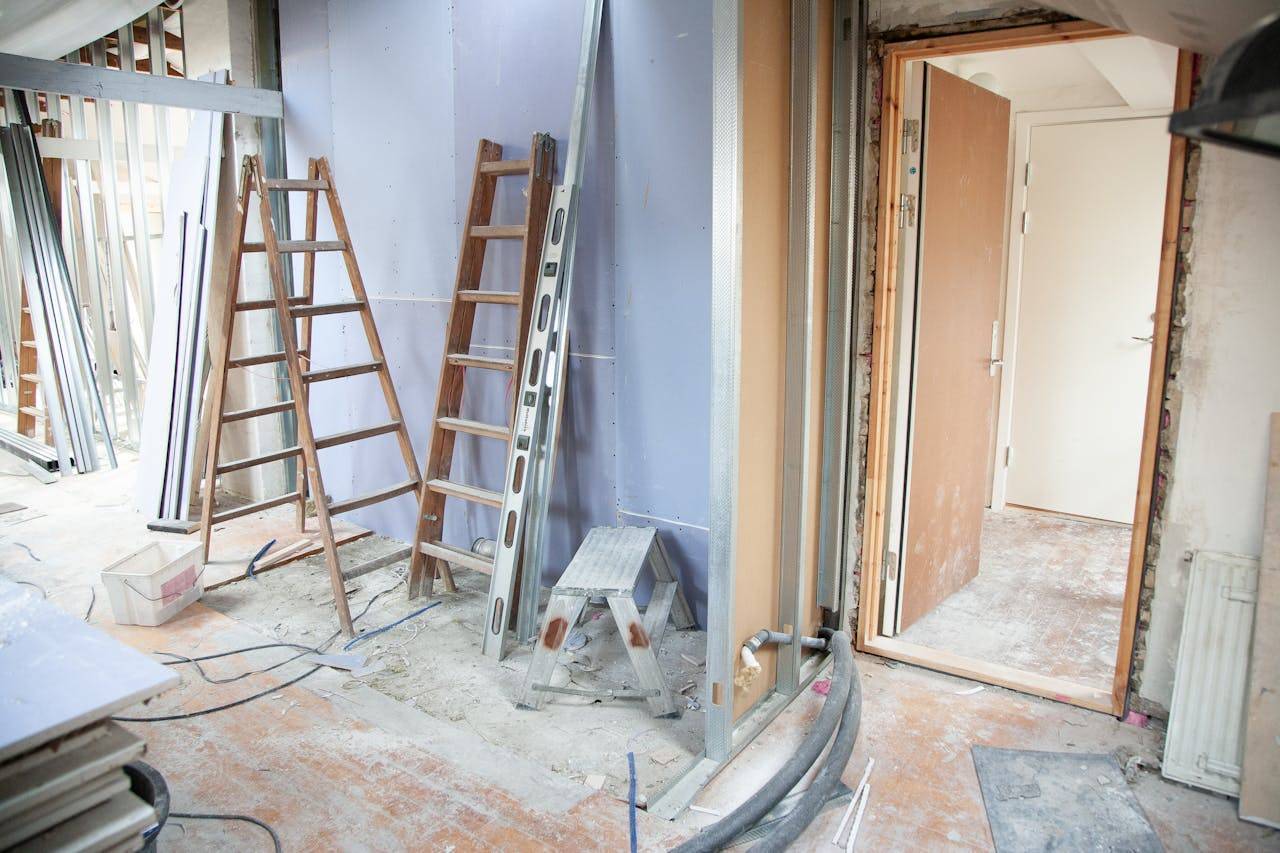The Karnataka government has proposed changes to the premium Floor Area Ratio (FAR) in the Revised Master Plan (RMP) 2015 for Bengaluru. The new regulations allow property developers to purchase additional FAR, particularly to incentivize development along wider roads. This proposal has sparked discussions on its potential effects on the city's urban growth, planning strategies, and the overall governance process.
Key Features of the Proposed Premium FAR Norms
The proposed regulations introduce a flexible system for purchasing additional FAR based on the width of the road on which the property is situated. The premium FAR will be available at a rate of 50% of the guidance value for properties developed on roads that are more than 30 feet wide. Specifically, the premium FAR can be purchased at the following rates:
- 20% of the permissible FAR for properties on roads between 30 feet and 40 feet wide.
- 40% of the permissible FAR for properties on roads between 40 feet and 60 feet wide.
- 60% of the permissible FAR for properties on roads wider than 60 feet.
The government also stipulates that the premium FAR charges for each square meter of additional built-up area should not be less than 28% of the guidance value. These proposed changes aim to regulate the extent of development and allow more flexibility for developers, particularly in congested or high-demand areas of Bengaluru.
Public Consultation and Legislative Process
The government has provided a 30-day window for the public, urban policymakers, and activists to file objections or suggestions regarding the draft rules. This initiative is seen as an effort to engage the public in the decision-making process, allowing for feedback on urban development regulations. The new rules, once approved, would supersede existing regulations under the current RMP, which was revised in 2015.
However, the proposal has drawn attention due to its timing and the context surrounding it. It comes shortly after the Karnataka government withdrew the controversial Karnataka Town and Country Planning (Amendment) Bill-2023 during the winter legislative session. This bill had initially proposed a similar change to FAR norms, but it was met with resistance, particularly after Governor Thaawar Chand Gehlot raised concerns over its provisions.
Comparison with the Withdrawn Bill
The previously withdrawn bill had proposed that the threshold for permitting additional floors be based on 40% of the guidance value. In contrast, the latest proposal calls for a more generous 50% of the guidance value, which would allow for greater development potential in prime areas. Developers would benefit from the ability to purchase FAR more easily, potentially leading to higher-density construction in established neighborhoods and commercial hubs.
While the proposed rules focus on providing more building space, they also raise concerns about the long-term impact on the city’s infrastructure. Critics argue that expanding the built-up area without corresponding improvements to roads, utilities, and public services could exacerbate traffic congestion, strain resources, and reduce the quality of life for residents.
The introduction of these premium FAR norms reflects a broader trend in urban planning where cities attempt to balance development with sustainability. Bengaluru, as one of India’s fastest-growing metropolitan areas, has been facing significant urbanization challenges. The government's attempt to regulate the FAR norms is seen as part of a larger effort to manage urban sprawl while addressing the needs of an expanding population.
Moreover, the flexibility in premium FAR charges offers an opportunity for developers to undertake large-scale projects in critical parts of the city. However, urban experts urge that these new regulations should be accompanied by measures to ensure that such developments are backed by comprehensive planning, improved infrastructure, and sustainable development practices.









.png)